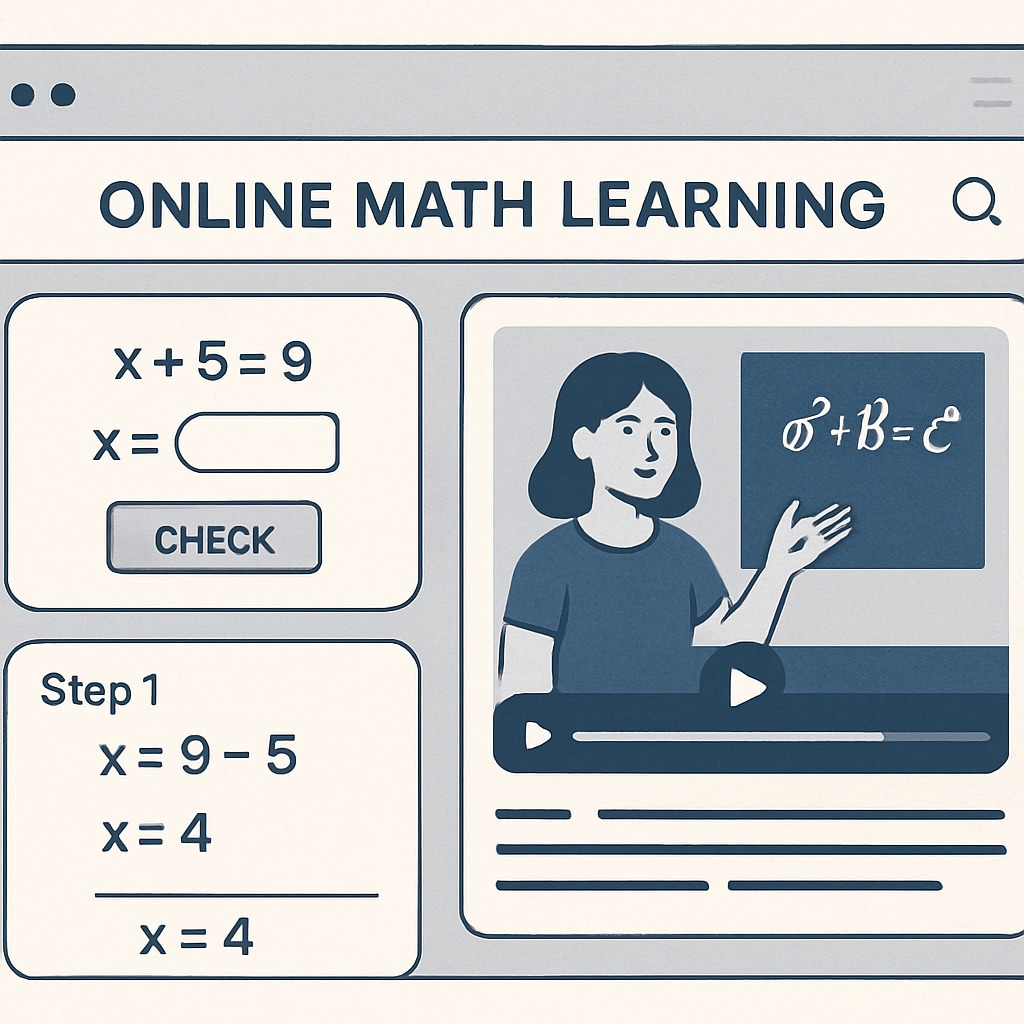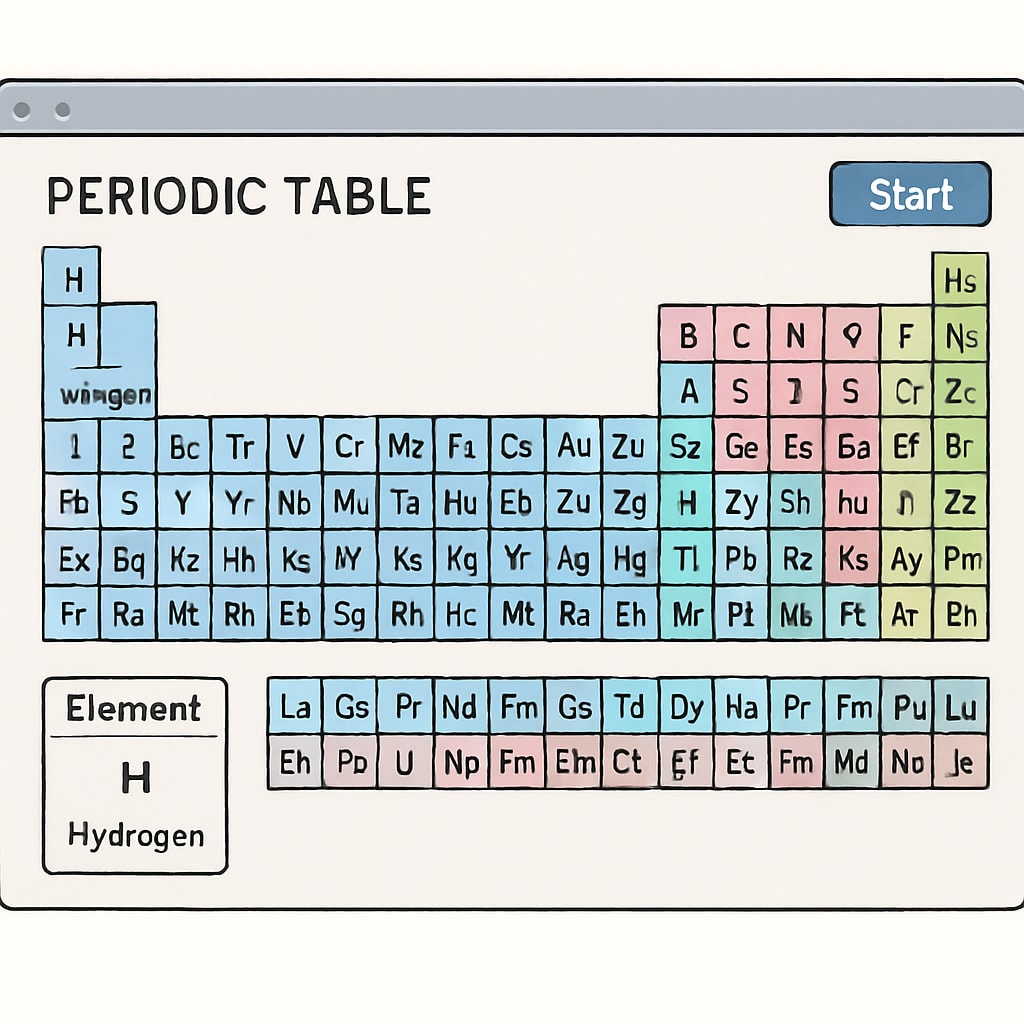For adult learners preparing to re-enter the classroom, finding the right learning resources for math revision and science revision can be a game-changer. Whether you’re heading back to college or embarking on a new academic journey, refreshing your foundational knowledge is essential. This article explores a variety of tools and strategies tailored to your needs, including resources for visual learners and digital tools that make transitioning back to school more accessible and effective.
Why Refreshing Math and Science Skills is Crucial for Adult Learners
Returning to school after a break can feel daunting, especially when tackling subjects like math and science. These disciplines often build on prior knowledge, and gaps can make advanced topics challenging. However, by focusing on accessible and diverse learning tools, you can rebuild your confidence and lay a strong foundation for future success.
Moreover, adult learners often benefit from resources tailored to their learning styles. For example, visual learners may find interactive videos or infographics more effective than traditional textbooks. By embracing these modern tools, you can transform your study habits and make the learning process more engaging.
Top Math and Science Learning Resources for Adult Students
The following resources cater to a variety of learning preferences, from traditional methods to cutting-edge digital tools:
- Online Platforms: Websites like Khan Academy offer free lessons in math and science, complete with practice exercises and video tutorials.
- Mobile Apps: Apps like Brilliant and Photomath provide interactive problem-solving experiences, making it easy to practice on the go.
- Books and Study Guides: Comprehensive guides like “Schaum’s Outlines” are excellent for step-by-step explanations in math and science topics.
- Visual Tools: Platforms such as CK-12 include infographics and simulations to help visualize complex concepts.

Strategies for Effective Math and Science Revision
Success in revising math and science topics often depends on using the right strategies. Here are some practical tips:
- Set Clear Goals: Identify specific topics you need to review, such as algebra or basic physics.
- Use Visual Aids: Diagrams, charts, and videos can simplify abstract concepts and improve retention.
- Practice Regularly: Consistency is key. Dedicate short daily sessions to problem-solving and topic reviews.
- Leverage Peer Support: Join study groups or online forums to discuss challenging topics with fellow learners.
By combining these strategies with the resources mentioned earlier, you can make your revision process both efficient and enjoyable.
Adapting to Modern Digital Tools
Transitioning from traditional learning methods to modern digital tools can be seamless with the right approach. Many platforms provide user-friendly interfaces designed for learners of all ages. Additionally, digital tools offer the flexibility to study anytime, anywhere — a significant advantage for adult students balancing academics with other responsibilities.
For example, interactive apps like Quizlet allow you to create custom flashcards for key science terms or math formulas. Similarly, YouTube channels like CrashCourse offer engaging video series on a wide range of academic topics.

Building Confidence for Academic Success
Ultimately, the goal of revisiting math and science concepts is to build academic confidence. By utilizing diverse resources and strategies, you’re equipping yourself with the tools needed to tackle university-level courses. Remember, every small step contributes to your overall progress, and persistence will pay off in the long run.
In conclusion, whether you prefer traditional textbooks or modern apps, a wealth of learning resources exists to support your math revision and science revision journey. Explore these tools, find what works best for you, and embrace the exciting challenges ahead!
Readability guidance: This article is structured with clear headings, short paragraphs, and bullet points for easy navigation. Transition words like “however,” “for example,” and “in addition” are used to ensure smooth flow between ideas.


